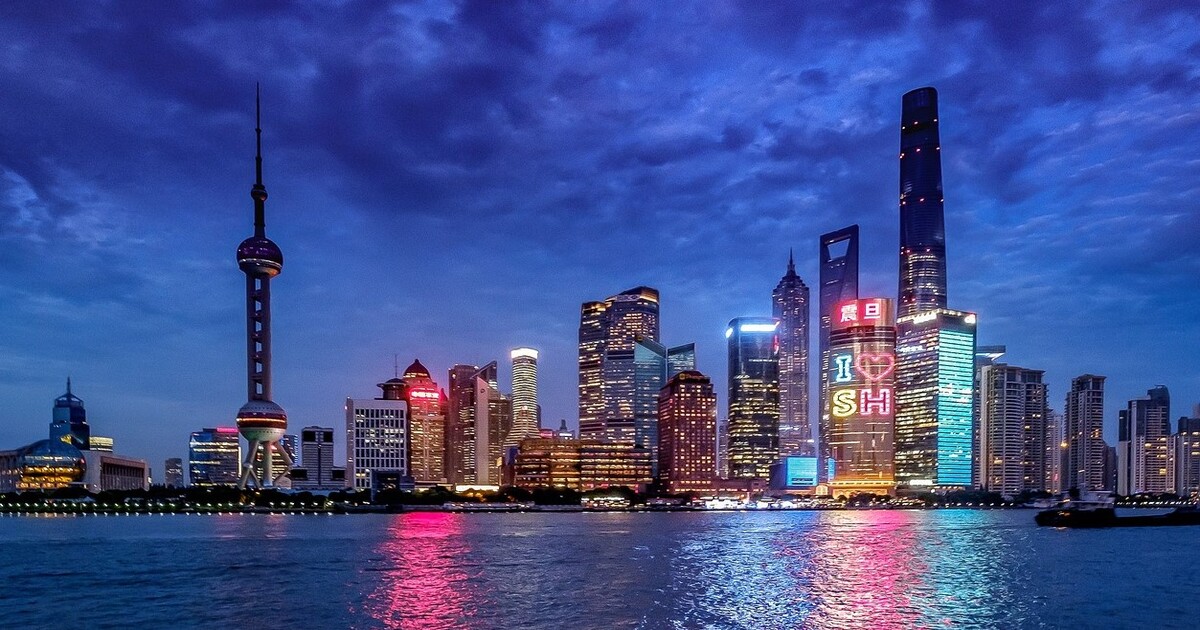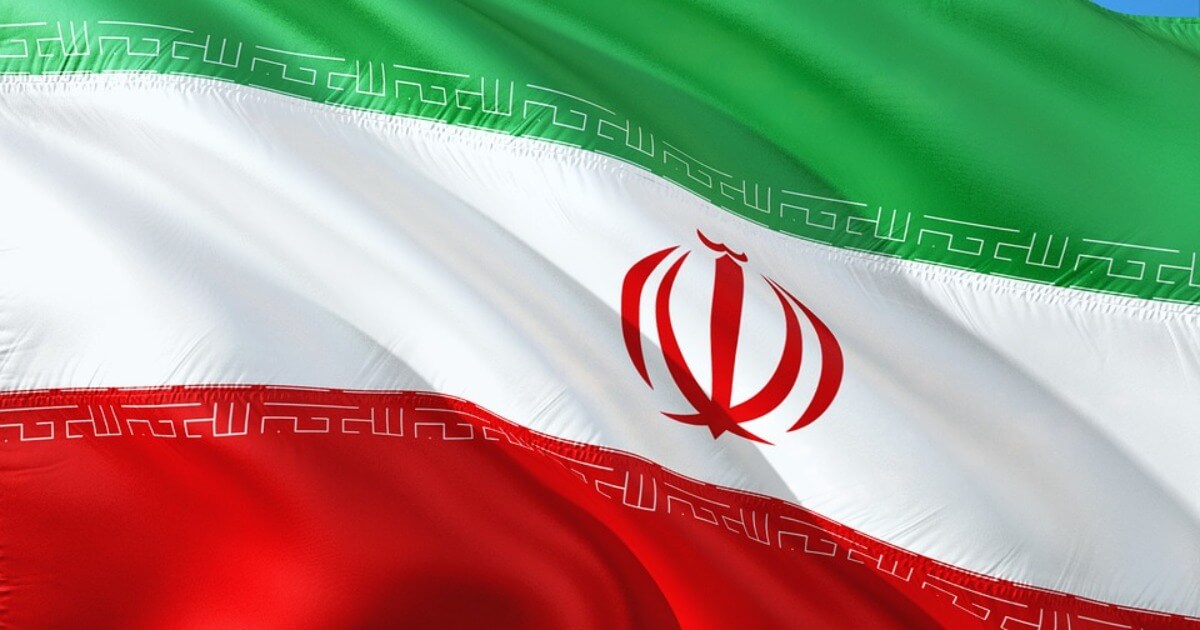China, the Commerce-First Middle Eastern Power
The standoff between the United States and Iran helps China to build out its energy and trade routes throughout the Middle East.
January 10, 2020

They do see things differently in China. To begin with, what is referred to in the West as the Middle East is, from a Chinese perspective, the Middle West. And, perhaps tellingly, what is often referred to in the West as the Persian or Arabian Gulf is always referred to in China as the Iranian Gulf.
And yet, the rise in tensions following the killing of Qassem Suleimani is, from Beijing’s viewpoint, no moment to gloat on the sidelines. Rather, the standoff between the United States and Iran is a clear and present danger to China’s energy supplies and trade routes.
The reason is straightforward enough: China is Iran’s largest crude oil customer and with imports of 585,400 barrels per day Iran accounts for about six percent of China’s oil imports.
This may have declined recently because of U.S. sanctions. But after U.S. President Donald Trump reimposed sanctions on Iran, China has seen its influence in the country grow.
Crude oil? Let’s be crude
The offices of China’s foreign policy chiefs, located off Tiananmen Square in Beijing, are heated against the bitter Beijing winter in part by Iranian oil.
For all the geopolitical tempting stratagems they may be on their minds, these strategists also have a clear vision and recognize the risks of any miscalculation.
Iran is a strategic oil-rich country where the United States does not have either an influence or a military presence. From the point of view of China’s energy needs, Iran is viewed as a well-positioned friend and ally.
However, this is not an either-or game for China. It also wants to keep its ties with Saudi Arabia intact and has actually boosted oil imports from that country. China’s crude oil imports from Saudi Arabia have risen more than 50% for the last three months.
The kingdom already is the top supplier to the world’s biggest oil importer. The Saudis are expanding the global reach of Aramco, its major oil company, through Chinese joint ventures in petroleum refining, storage and sales.
Beijing focuses on commerce
China may not import as much Iranian oil as before but the ties, commercial and military, between the two countries are still significant. They signed a major oil deal in August and, crucially, China will pay for it in its own currency, the yuan.
Use of the yuan would, of course, allow China to sidestep some U.S.-imposed dollar-based sanctions on Iran. For that reason, it is also notable even Saudi Arabia, always trotted out as a close U.S. ally, has said it would consider accepting the yuan for oil sales.
Better yet from Teheran’s vantage point, Beijing has vowed the equivalent of a $400 billion investment, also paid in yuan, in Iran’s oil and transport sectors.
Not missing a beat to set up tripwires, China is also considering a plan to base 5,000 Chinese troops in Iran to protect its investments in the country’s oil-related infrastructure. A U.S. strike on Iran with People’s Liberation Army troops on the ground? That might even cause Trump to think again.
China’s conceptual commercial thinking
But the Chinese are just concerned with exploiting commercial opportunities that present themselves owing to strife between other nations. This is where China’s paramount concept for global policymaking, the Belt and Road Initiative, comes in.
Few Westerners may yet realize it, but while China may (so far) not have a strategic presence actually in the Gulf, it has one right next to it. The Gulf of Oman separates not only Oman and Iran, but also Oman and Pakistan.
In the southwestern corner of Pakistan, close to the Iranian border, China has almost completed a state-of-the-art facility at Gwadar, a deep-sea port. It will be a crucial transport and supply link to western China.
China is effectively a Middle Eastern power
In other words, China is effectively a presence in the Middle East. Viewed in the context of the Belt and Road Initiative, the Gulf of Oman unites the Middle East, the Indian subcontinent and East Asia.
Iran is the gas station for the Belt and Road initiative and the base for an oil pipe network that will feed into China. Those pipelines from Iran are important to China because both the Straits of Hormuz in the Gulf and the Strait of Malacca, which runs between Malaysia and Indonesia, are trade chokepoints that can be easily strangled.
Iran dominates central Asian trade
Westerners also don’t sufficiently realize that Iran dominates central Asian trade. This area is the key to China’s future. China is not expanding into the “Stans” just because of the development opportunities under the Belt and Road.
It is going there because the region provides China with better security, far from Western militaries and the threat of chokepoints. It feels it can’t be bullied there with threats to supply lines. It’s unlikely it will allow one of its major trading partners to be intimidated either.
Plus, this is the extensive regional and commercial turf that it feels it already owned centuries ago.
Conclusion
For China, the current tensions in the Middle East are less about the United States and Iran/the Persian Gulf than about China and the Indian Ocean and Beijing’s Belt and Road Initiative.
China’s actions exploit the shakiness of the region in the best possible fashion to maximize China’s tactical and strategic gains. More stunning yet, China focuses on the commercial realm, while the United States is predominantly concerned with playing defense militarily.
Takeaways
What is often referred to in the West as the Persian or Arabian Gulf is always referred to in China as the Iranian Gulf.
The standoff between the US and Iran is a clear and present danger to China’s energy supplies and trade routes.
The Saudis are expanding the global reach of Aramco, its major oil company, through Chinese joint ventures in petroleum refining, storage and sales.
China is considering a plan to base 5,000 Chinese troops in Iran to protect its investments in the country’s oil-related infrastructure.
China’s actions exploit the shakiness of the region in the best possible fashion to maximize China’s tactical and strategic gains.
